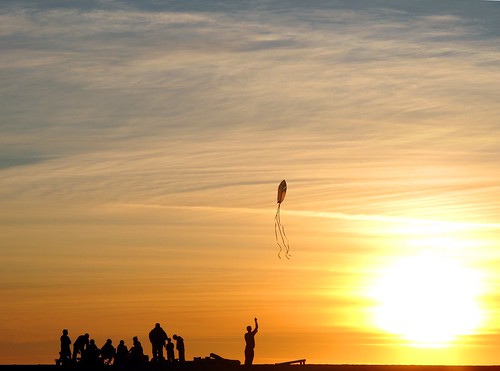The reason the good photos fall off as your photography gets better is that there comes a time when you've made all the big leaps in learning how to improve your photography from the camera side and you start finding that something called "quality of light" is what makes others’ photos better than the ones you’ve been taking.
Quality of light is what makes landscape photographers get up before sunrise to catch the warm light of sunrise on a hillside, tree, or rocky cliff. It makes macro photographers hope for an overcast day, and makes architectural photographers get ready just before dusk to capture that magically blue sky balanced perfectly with a building's inside or outdoor lighting. In short, it’s the exact opposite of happening across a shot. A lot of planning and forethought go into capturing photos with the best possible (natural) lighting.
When this realization is made it's easy to decide that photography is work and that simply carrying a camera around and keeping an eye out for photo ops won't yield any significant successes. In fact, that's what this blog post was going to be about. The fact that good photography takes work and planning. But I didn't finish the post, so I left it in draft form to finish later. Then on Saturday I ended up proving my post wrong when i came across the scene below and was happy I had my camera with me so I could capture it:

So, I'll leave the question of whether or not to carry a camera at all times to the reader while noting that you can increase your chances of getting good shots by paying attention to the quality of light and shooting accordingly. If you see a sunset, it's instinct to shoot it, but make sure you turn around too and see if the warm light isn't putting your best shots behind you. Make the best of an overcast day by focusing on macros, and use the twilight hour to concentrate on architectural photo opportunities.